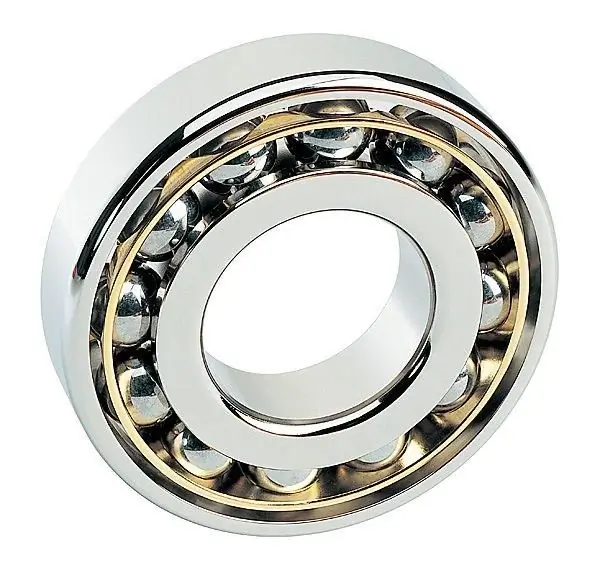Bearings support shafts and axles. The bearing mounting dimensions must be determined when replacing a failed support. Do not carry an old part with you to the store. To determine the size of the ball bearing, you need to look at its markings. It can be 19 digits long. However, to determine the bearing size, it is sufficient to determine its overall dimensions.

Instructions
Step 1
Start looking at the marking with its right two numbers. They determine the main dimension of the ball bearing - the diameter of the inner bore. With a hole diameter of up to 20 mm, the two extreme right digits mean the following dimensions: 00 - O 10 mm; 01 - O 12 mm; 02 - O 15 mm and 03 - O 17 mm.
Step 2
Multiply the two right-hand digits in the designation by 5 for a hole diameter of 20 to 495 mm. The resulting product will give you the bearing size - its inner diameter. So if you see the numbers 08 in the designation, then multiplying them by 5, you get a hole diameter equal to 40 mm. The numbers 20 correspond to Ø 100 mm, etc.
Step 3
Pay attention to the third and seventh digits in the marking. The series of rolling bearings is indicated here: the third number is in the outer diameter, and the seventh is in the width (height). By the type of diameter, these are ultra-lightweight, lightweight, extra-lightweight, medium and heavy bearings. In width - extra wide, wide, normal, narrow and extra narrow bearings. Their width, as they increase, is indicated as follows: 7; eight; nine; 2; 3; four; five; 6. Normal widths 0 and 1 are not indicated. The set of true values, indicated by the numbers first, second, then third and seventh, shows the overall dimensions of the rolling ball bearing.
Step 4
Take a look at the fourth digit on the right, indicating the type of bearing: 0 - single row deep groove ball; 1 - double-row spherical radial ball; 2 - radial with short cylindrical rollers; 3 - spherical double-row radial roller; 4 - roller with needles or with long rollers; 5 - roller with twisted rollers; 6 - ball angular contact; 7 - tapered roller; 8 - thrust ball; 9 - thrust roller The fifth and sixth digits in the marking indicate the design of the bearing
Step 5
If the above parameters differ from the standard, consider the additional part of the labeling. The additional left-hand side indicates the accuracy class of the bearing. As they improve, the accuracy classes are marked as follows: 8; 7; 0; 6X; 6; five; four; T; 2. Acceptable accuracy class starts from zero, 8 and 7 classes - practically production waste. The golden mean in the price / quality ratio can be obtained with the 6th accuracy class.







